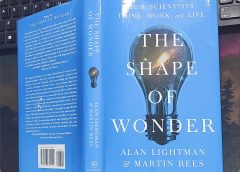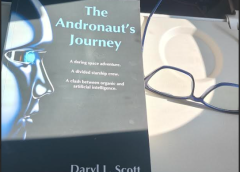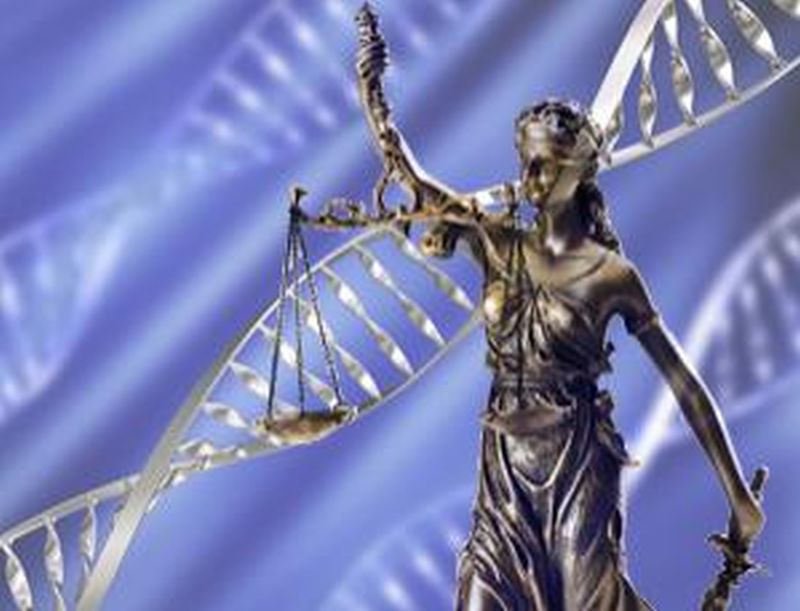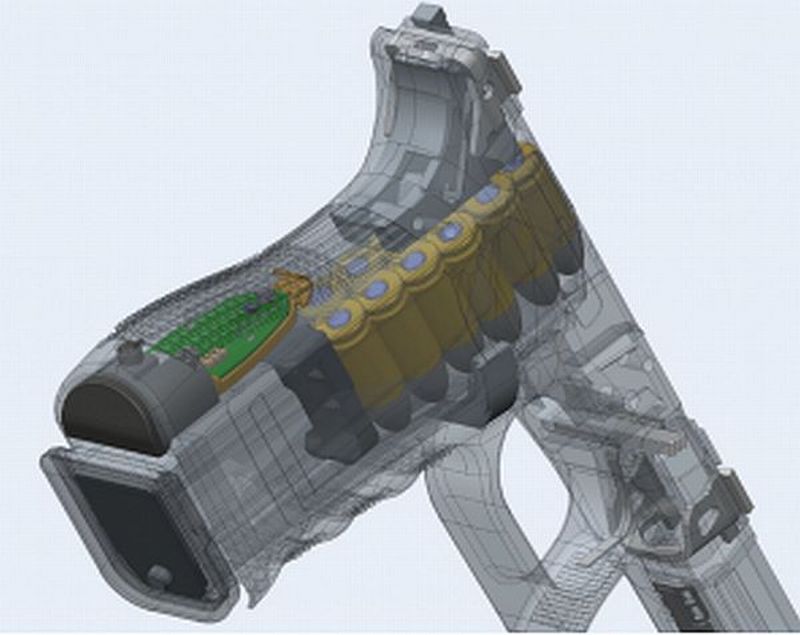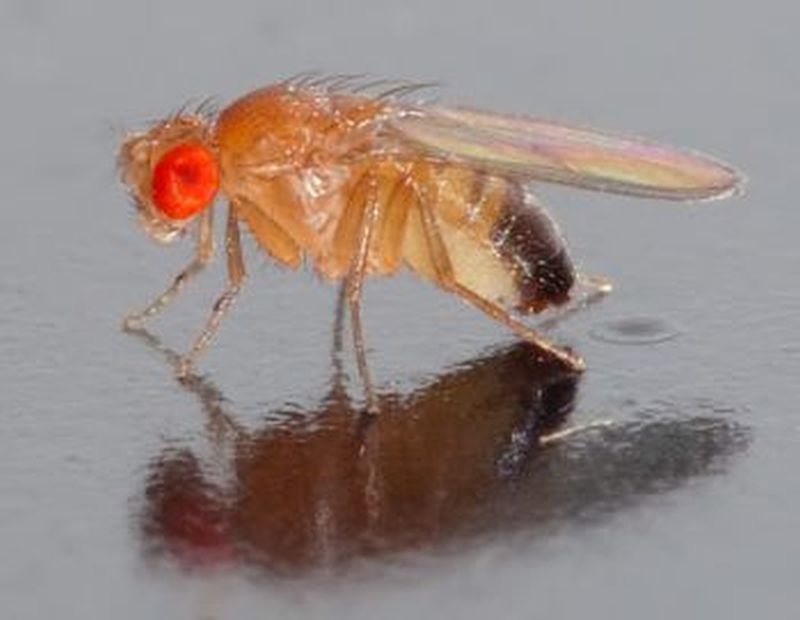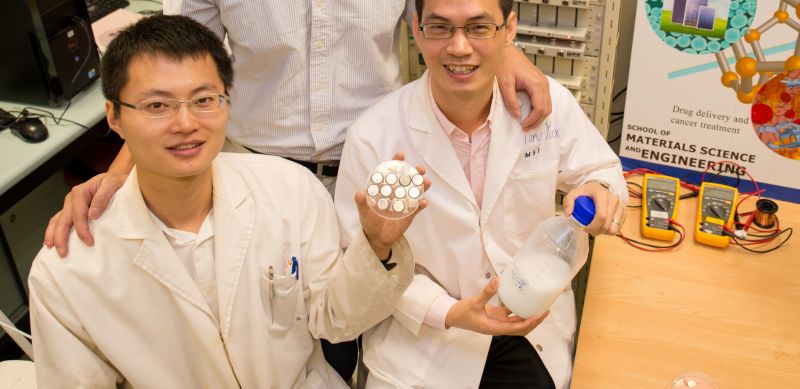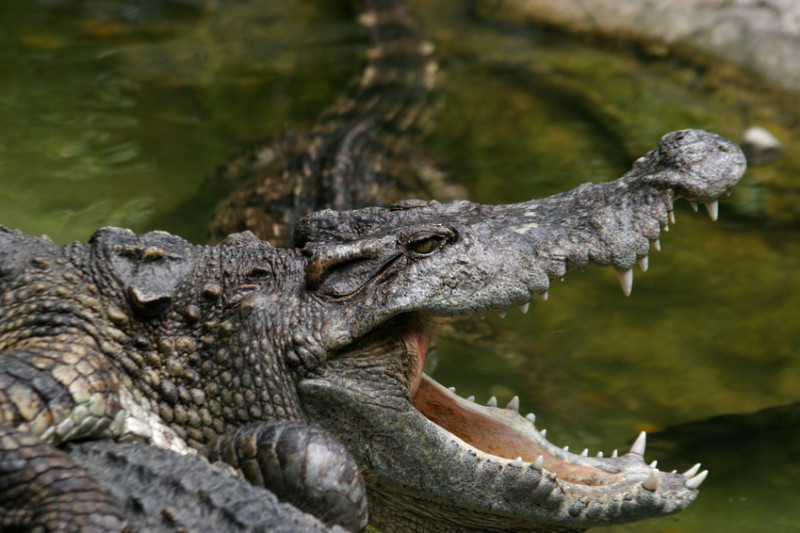Confession of a Buddhist Atheist is beautifully woven and presented by Stephen Batchelor in form of a written collage, as he himself mentions at the end of the book. Although the book is in narrative mode yet no where we found it a story presented by the writer in fact, while I was into the book, I felt as if Stephen is talking to me and describing the sequence of his life’s events which led him towards Buddhism and finally his discovery of motif in life.
Read MoreMagnetic Nanoparticle Pill will detect Cancer: Searching Bloodstream with Google
Giant web search engine, Google is expanding its business in different technological areas, investing in research program to develop driver-less cars, goggle glasses, contact lenses, delivery drones, robots, providing internet facilities via balloons to name a few. Now Google is expanding into the field of advance medicine. With an aim of developing nanoparticles that would be delivered in the form of a pill in aiding cancer detection and other ailments, the big G unveiled its latest project called the “Nanoparticle Platform.
Read MoreECOSTRESS: The New Thermometer for detecting Earth’s Temperature
NASA’s Jet Propulsion Laboratory is developing a space-based instrument for detecting transpiration within plants so that the flora can effectively use water. ECOsystem Spaceborne Thermal Radiometer Experiment (ECOSTRESS) is the name of the device that will be docked on the space station for monitoring the water loss through nano-pores occurring within leaves.
Read MoreNanodiamonds to be used for Delivering Drugs and Cancer Therapeutics: New Imaging Modality
Capturing ongoing processes within living cells in real time is usually done with fluorescent dyes made up of a fluorescent chemical compound, fluorophore. The compound’s unique property of re-emitting light upon excitation makes it the most deserving candidate for imaging cellular processes, however, with the passage of time, the compound becomes toxic thereby renders havoc to the cells in close proximity.
Read MoreHigh Milk Consumption leads to Greater Risk of Fractures: Fat triggers Inflammation
Importance of milk and other dairy products are long known to everyone. They are one of the richest sources of Calcium and contain Vitamin D which together plays an imperative role in strengthening human bones and teeth, thus, reducing the risk of osteoporosis and bone fractures. Milk also contains many other essential nutrients. However, a recent study challenges the health benefits of milk intake and on the contrary, links high milk consumption with higher risk of fractures and early mortality.
Read MoreIndividual Genes responsible for Violent Crimes: Nature versus Nurture
The debate on what makes a person more violent than another is still on. The question is whether criminals are born with such fierce nature or any incident or experience shape up such violent trait in criminals is yet to be answered. So far, scientists have proposed that certain genes (by altering brain chemistry), might be an influential factor behind such violent behavior. But DNA clues to back this suggestion is not present.
Read MoreYardarm delivers wireless Firearm Telematics: Gun Technology
Yardarm Technologies, a California based firearms technology company has developed an innovative product that has an ability of delivering the real time track record of using firearms, by police personals or security officers. With the use of a wireless sensor for firearms, the company has taken machine-to-machine (M2M) capabilities to a higher level.
Read MoreLEDs Attract more Flying Invertebrates: Light Pollution
Invention of blue light-emitting diodes (LEDs) by three scientists won them the Nobel Prize for physics. This innovative LED technology comes with many advantages such as they are energy efficient, bright enough to be used for regular lighting and last longer. But the increasing use of LEDs has certain drawbacks too, as found in a new study led by a pair of experts from Scion, a New Zealand research Institute. According to them LEDs serve light pollution and can cause ecological problems because flying invertebrates are more drawn to LED…
Read MoreFruit Fly can sniff out Drugs and Bombs: Electronic Noses Technology
When it comes to detecting bomb or drugs, generally dog is the first animal that comes in our mind. But would you believe when I say that very soon fruit-fly might be taking over the job of detecting bombs and illicit drugs? Surprised! According to a research conducted by the University of Sussex, fruit fly’s sense of odor can be employed in an innovative technology to expose bombs and drugs.
Read MoreA Beautiful Mind by Sylvia Nasar
Advanced mathematics coupled with severe mental illness, this is what the book, A Beautiful Mind is about. Sylvia Nasar professor of journalism at Columbia University, has done full justice in surfacing Nash’s life, his youth, college life, his work before and after he earned his doctorate and finally to his breakdown then illness and eventually his recovery. A Beautiful Mind juxtaposes sadness and the will to succeed despondency and depression.
Read MoreNew Generation of Fast-Charging Batteries: Innovative Battery Technology
Nanyang Technological University (NTU Singapore) researchers have fabricated an innovative battery that can charge nearly 70% of its capacity in just 2 minutes. This does not affect its longevity; on the contrary, the scientists are claiming its survival age to over 20 years.
Read MoreCoordination and Collaboration discovered in Hunting Crocodilians: A Club of Hunters
We have already read Vladimir Dinets’ research work about certain species of crocodiles and alligators that very intelligently made use of twigs to lure its prey, to climbing tree’s crown to keep an eye on its potential prey or an approaching enemy. Apart from these, advanced parental care, complex communication are other behavior noticed in reptiles.
Read MoreLighting Sheets to replace Bulbs: OLED, the Next Generation Lights
How about customizing light source in our rooms, something that resembles the photo frames. Sounds interesting, ain’t it? Researchers have already been working in the field of light and they have come up with an approach that targets the efficiency in half amount of energy being consumed by regular bulbs by developing ‘glowing sheets’. Technology used in these light sheets would resemble the mega thin TVs and smartphones as the sheets are expected to include organic LEDs or OLEDs.
Read MoreMusk unveils ‘the D’: Model S Dual Motor is Super Fast
The much-awaited Musk’s Tesla Model S Dual Motor (D) is finally unveiled. The beast has four-wheel drive (4WD) along with a second motor for enhancing the extra axle at the rear. This helps in propelling the car from zero to 97 km/h in mere 3.2 seconds. The electronic machine system tosses torque between the front and rear wheels from one millisecond to the next hence perking up on both, the grip on territory as well as energy efficiency. With an aim of outperforming gasoline-powered cars, the new Model S delivers…
Read MoreCharging Gadget in Bedroom leads to Weight Gain: Light from Devices Disrupt Metabolism during Sleep
Gadgets have made our lives convenient, but at the same time, safety issues have thwarted their ease. Experts are still debating & studying whether radio wavelengths emitted from cellular phone causes brain cancer or not. Now another team of researchers has discovered that charging cell phones or tablets in the bedroom, during night can lead to weight gain.
Read More





